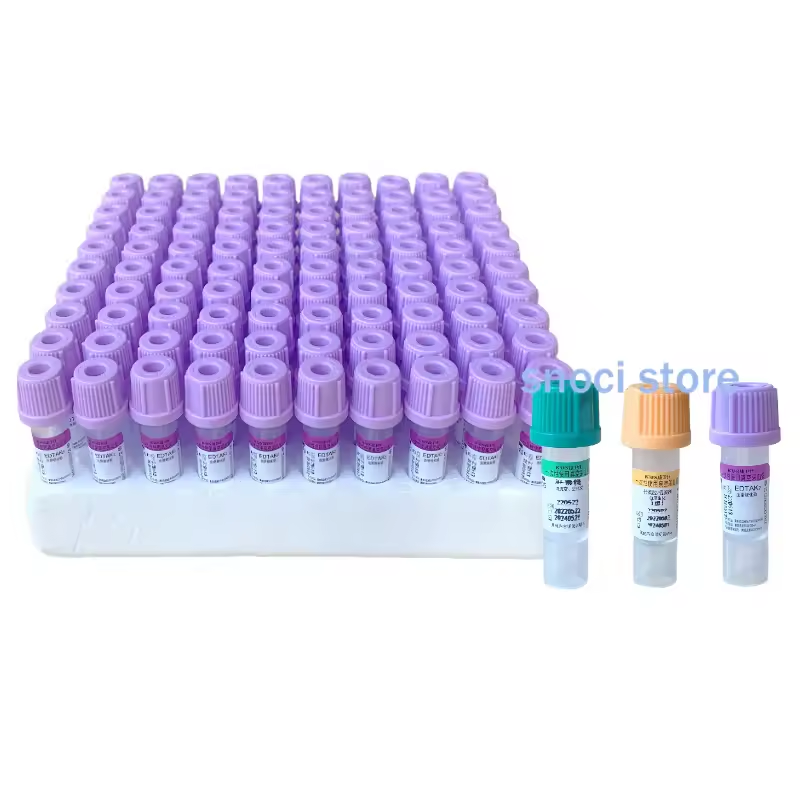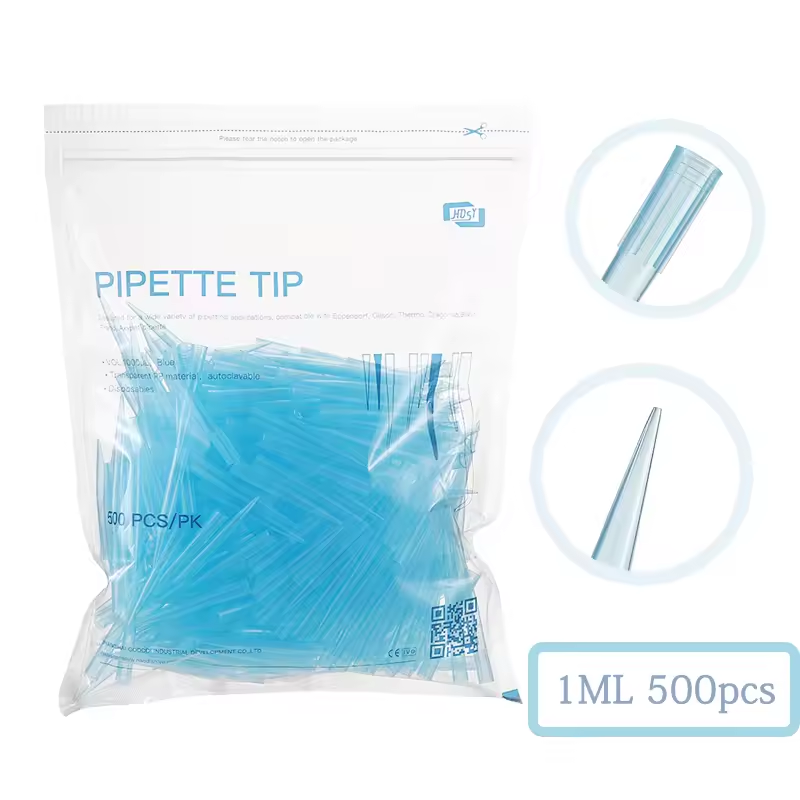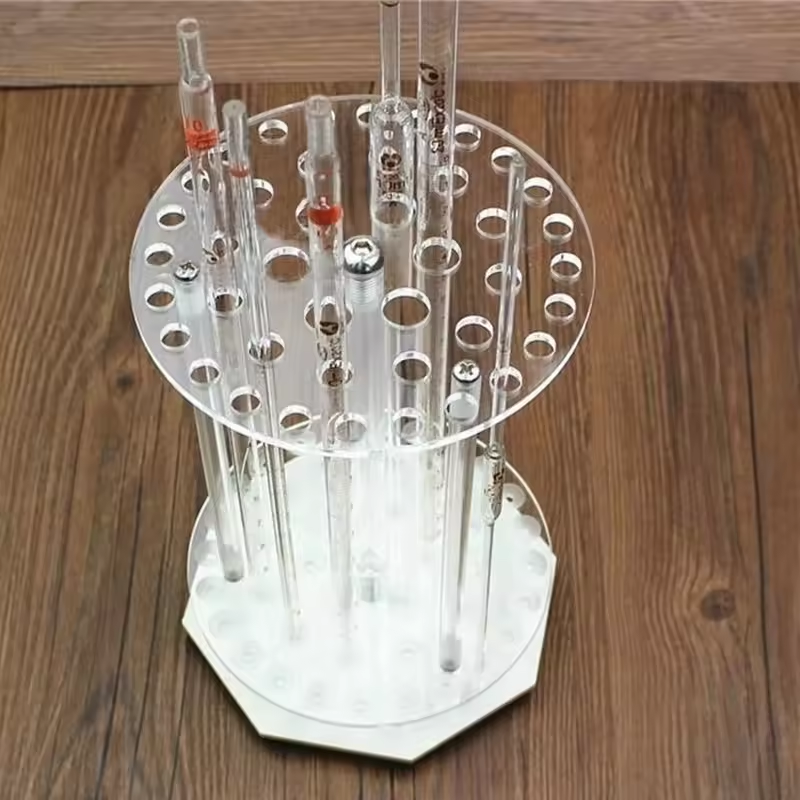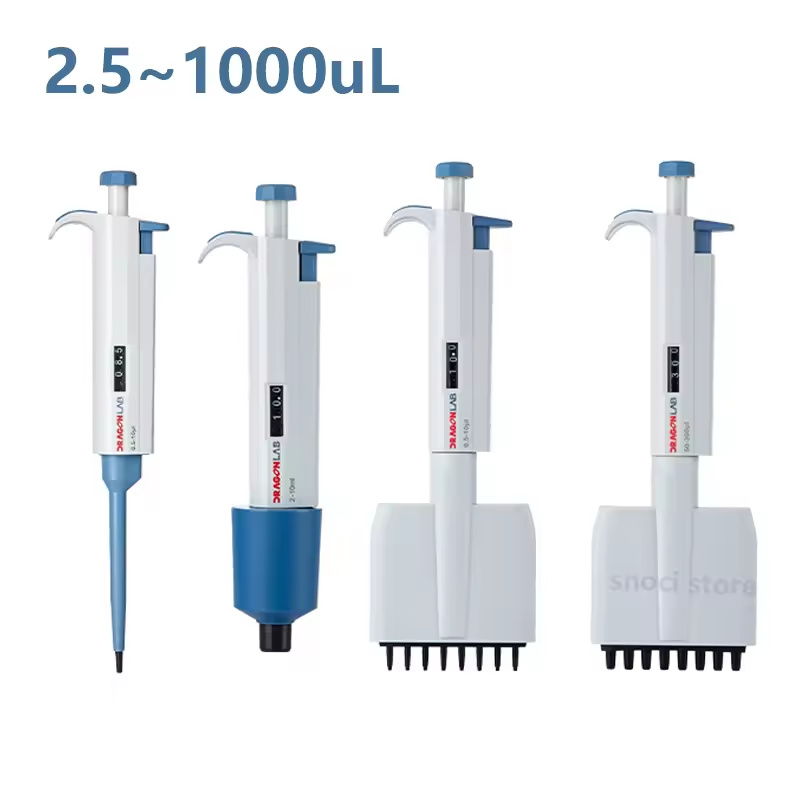Introduction to Repeat Pipettors
Repeat pipettors are vital tools in laboratories. They streamline repetitive liquid handling tasks, ensuring accuracy. Lab professionals use them for applications like serial dilutions and reagent dispensing. These devices enhance efficiency while minimizing user fatigue. Among industry leaders, Eppendorf repeat pipettors stand out for their precision and reliability.

What is a Repeat Pipettor?
A repeat pipettor is a specialized liquid handling tool. It dispenses liquids in consistent, exact volumes multiple times. Unlike standard pipettes, it uses disposable syringe tips for controlled dispensing. This makes repeat pipettors ideal for high-volume tasks. Their design reduces repetitive motions, saving time. They are used in areas like clinical labs, research, and diagnostics.
Benefits of Using Repeat Pipettors
Repeat pipettors improve workflow efficiency by automating repetitive tasks. They offer consistent results, reducing human errors. The ergonomic design reduces strain on users during long operations. Their precision ensures reliable outcomes, essential in sensitive scientific methods. Additionally, the use of disposable tips minimizes cross-contamination risks. These benefits make repeat pipettors indispensable in modern laboratories.
Key Features of Eppendorf Repeat Pipettors
Eppendorf repeat pipettors are known for their precision and user-friendly features. These attributes make them essential tools in many laboratories. Below, we will explore the key features that set them apart.
Volume Range and Precision
Eppendorf repeat pipettors offer an extensive volume range. This flexibility supports various liquid handling applications, from microliter to milliliter scales. They deliver accurate and consistent liquid volumes, ensuring reproducible results in experiments. High precision is critical for sensitive applications such as molecular biology and diagnostics.
Compatibility with Pipette Tips
Eppendorf repeat pipettors work seamlessly with dedicated syringe tips. This compatibility enhances their performance and reduces risks of errors. The tips are available in various sizes, allowing users to handle different volume needs. Their secure fit ensures consistent dispensing and prevents leakage during operation.
Ergonomics and Handling
Eppendorf designs its repeat pipettors for ease of use and comfort. The ergonomic handles reduce hand strain during long tasks. Lightweight construction ensures minimal fatigue even after extended operations. Intuitive controls improve handling efficiency, helping users achieve better workflow in busy labs.
Types of Eppendorf Repeat Pipettors
Eppendorf repeat pipettors come in two main types: manual and electronic. Each offers unique benefits. Choosing the right type depends on application needs and user preferences.
Manual Repeat Pipettors
Manual repeat pipettors are simple and reliable tools. They require no batteries or external power. Users manually set the volume and dispense liquids with a mechanical lever. These pipettors are cost-effective and perfect for basic tasks. Their lightweight design and simplicity make them easy to use. Ideal for labs with straightforward liquid handling needs.
Electronic Repeat Pipettors
Electronic repeat pipettors offer advanced features for precision and automation. These devices use power for programmable dispensing. They simplify complex protocols like serial dilutions or multi-step applications. With digital displays, users can adjust settings easily and accurately. Electronic models reduce strain on users during long sessions. Ideal for high-volume tasks and detailed experiments, these pipettors enhance efficiency in modern labs.
Factors to Consider When Selecting an Eppendorf Repeat Pipettor
Choosing the right Eppendorf repeat pipettor ensures efficiency and accuracy in lab work. Several factors affect this decision, including application requirements, maintenance needs, and budget constraints. Carefully evaluating these aspects ensures the device suits your lab’s specific needs.
Application Requirements
Consider your lab’s unique tasks and volume requirements. For basic tasks, a manual repeat pipettor may suffice. High-precision applications like molecular biology favor electronic models for greater accuracy. Think about liquid types to ensure suitable compatibility with syringe tips. Evaluate features like programmable settings if working on complex protocols. Matching the pipettor to application needs boosts productivity and reliability.
Ease of Cleaning and Maintenance
Laboratories often deal with sensitive experiments requiring regular sterilization. Choose a pipettor with parts easy to dismantle and clean. Models with smooth surfaces help prevent contamination buildup. Consider pipettors compatible with autoclaving for rapid sterilization. Easy maintenance extends the lifespan of your Eppendorf repeat pipettor and ensures optimal performance.
Budget Considerations
The cost of a repeat pipettor, including accessories, is an important factor. Manual pipettors are generally more affordable than electronic ones. For high-budget labs, advanced features in electronic models may be worth the investment. Consider long-term costs, including replacement tips and maintenance. Balancing your budget with application needs guarantees a smart purchasing decision.
Comparison of Popular Eppendorf Repeat Pipettors
Eppendorf offers various models of repeat pipettors, each designed for specific tasks. The two most popular models, the Eppendorf Multipette M4 and the Eppendorf Multipette E3/E3x, stand out for their unique features and applications. Below, we will compare these options to help you make an informed choice.
Eppendorf Multipette M4
The Multipette M4 is a manual repeat pipettor. It is highly reliable, with a simple design for straightforward applications.
- Volume Range: This model has an extensive volume range, suitable for tasks requiring precise dispensing.
- Ease of Use: Its lightweight design reduces hand strain during repetitive tasks, making it user-friendly.
- Compatibility: It works seamlessly with Eppendorf’s Combitips Advanced tips, ensuring accurate liquid handling.
- Durability: The manual operation eliminates the need for batteries or power, reducing maintenance concerns.
This pipettor is ideal for labs focusing on basic liquid handling tasks. Its affordability and simplicity make it an excellent choice for routine applications.
Eppendorf Multipette E3 and E3x
The Multipette E3 and E3x are electronic repeat pipettors designed for advanced precision and automation.
- Programmable Features: These models have digital settings for improved accuracy and programmable dispensing protocols.
- Ease of Operation: The large display and intuitive controls simplify handling complex workflows.
- Ergonomics: Electric operation reduces user strain during long or high-volume tasks.
- Flexibility: The E3x model offers additional features like higher precision dispensing and customizable functions.
These electronic pipettors excel in research environments needing high accuracy and automation. Their advanced features make them perfect for complex applications, such as molecular biology and diagnostic testing.
By understanding your lab’s needs and priorities, you can choose the appropriate Eppendorf repeat pipettor for your work. Both models reflect Eppendorf’s commitment to precision and user comfort.
Tips for Optimizing Use of a Repeat Pipettor
Using a repeat pipettor efficiently requires proper care and thoughtful techniques. Implementing best practices helps ensure accuracy, extend equipment life, and improve workflow. Below are key tips for optimizing your pipettor’s performance.
Proper Calibration Techniques
Calibration is essential for accurate liquid dispensing. Regular calibration checks maintain performance and precision.
- Schedule Calibration Frequently: Perform calibration based on usage volume and manufacturer recommendations.
- Use Certified Calibration Tools: Always use tools approved for pipettor calibration to ensure reliable results.
- Follow Manufacturer Guidelines: Adhere to Eppendorf’s instructions for calibration procedures to avoid errors.
- Document Calibration Records: Maintain records of calibration to monitor performance over time.
Proper calibration ensures dependable results, particularly for sensitive applications like diagnostics and molecular biology.
Routine Maintenance Practices
Routine maintenance improves the pipettor’s longevity and operational reliability. Maintain hygiene and check components regularly.
- Clean After Use: Wipe surfaces with a suitable cleaning agent to prevent contaminant buildup.
- Inspect Syringe Tips Regularly: Check for wear and leaks; replace tips as needed.
- Lubricate Moving Parts: Apply recommended lubricants to ensure smooth operation.
- Store Properly: Keep the pipettor in a dry environment to avoid damage from humidity.
- Test for Malfunctions: Regularly test dispensing accuracy to identify and address issues.
Routine maintenance helps avoid costly repairs and ensures consistent pipettor performance in demanding lab tasks.
Frequently Asked Questions about Eppendorf Repeat Pipettors
What is the primary use of an Eppendorf repeat pipettor?
Eppendorf repeat pipettors simplify repetitive liquid handling tasks. They ensure accurate and consistent volume dispensing.
How do I choose between manual and electronic models?
Manual models are ideal for basic tasks and cost-effective solutions. Electronic models suit high-precision needs and complex workflows.
Are Eppendorf repeat pipettors compatible with all syringe tips?
No, they work best with Eppendorf’s Combitips Advanced tips. These ensure precision and reliability.
How often should I calibrate my repeat pipettor?
Calibrate regularly based on usage and manufacturer recommendations. Frequent calibration maintains accuracy.
Can repeat pipettors handle different liquid types?
Yes, they are compatible with various liquid types. Ensure syringe tips suit the liquid’s properties.
Are electronic models difficult to operate?
Electronic models are user-friendly with intuitive controls and digital displays for ease of use.
What maintenance does an Eppendorf repeat pipettor require?
Regular cleaning, inspection of syringe tips, lubrication of moving parts, and testing improve longevity.
Can parts of Eppendorf pipettors be sterilized?
Yes, many models offer sterilizable components suitable for sensitive applications.
Do Eppendorf repeat pipettors come with warranties?
Eppendorf provides warranties. Check specific model details for warranty length and conditions.
Are these pipettors suitable for high-volume tasks?
Yes, both manual and electronic models excel in high-volume liquid dispensing applications.